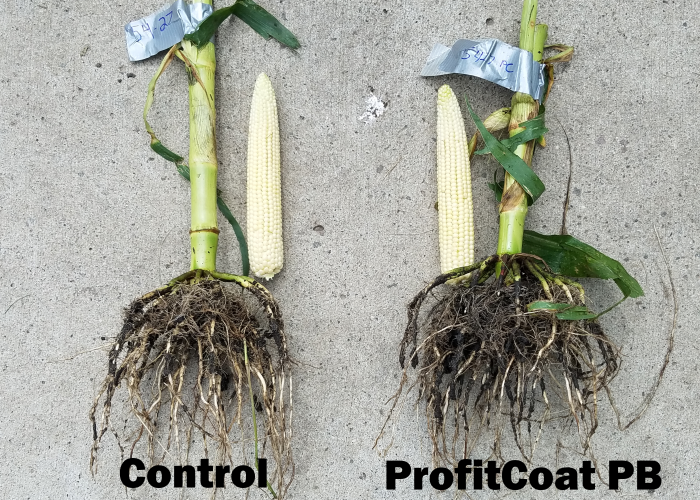How does Uneven Seedling Emergence Affect Corn Yield?
We’ve all seen a field or two that didn’t come up even. There are nice, tall corn plants right next to tiny, scrawny ones. Does this affect yield? If so, how much?
Researchers at the University of Illinois, University of Wisconsin and University of Minnesota have conducted trials to answer these questions.
The Trial
The trial was conducted using two hybrids in seven environments in Illinois and Wisconsin. The researchers based ideal planting time on May 1. That represented 100% yield, based on a final stand of 26,000 plants/A. Then they simulated uneven emergence within rows by having one fourth, one half and three fourths of the plants delayed in emerging. In addition, they planted one and a half weeks after May 1 (medium delay) and three weeks after May 1 (late delay). The researchers also looked at the effect of stand loss when one fourth, one half and three fourths of the plants were missing.
The Findings
If planting was medium delayed (1 ½ weeks), there was a 5% yield loss. When half or three-fourths of the plants within the row came up late, researchers saw up to an 8% yield loss.
When the corn was planted late (three weeks after May 1), yield was reduced by 12%, down to as much as 22%, when one-fourth of the plants emerged on time and three-fourths of the plants emerged late.
When researchers analyzed stand loss, they saw a 10% loss in yield when one-fourth of the plants were missing. When three-fourths of the plants were missing, researchers observed a 51% yield loss. (See Figure 1 for more details.) Click here to read the entire study: Effects of Uneven Seedling Emergence in Corn.

Figure 1
What does this mean?
When planting is delayed by one-and-a-half to three weeks after the ideal planting date, you’re likely to lose yield. The greater the delay, the greater the yield loss. Make no mistake. Late-emerging plants cost you yield, just like when you have missing plants.
How Can I Help Germination?
Fortunately, there are steps you can take to manage these challenges. Adding a biological seed coating like ProfitCoat can improve even germination and emergence.
ProfitProAG’s seed coatings contain a blend of microbes, including multiple strains of mycorrhizal fungi, trichoderma, pseudomonas, Azotobacter, Bacillus, Penicilium and streptomyces. The formula includes an effective blend of minerals and nutrients to feed the microbes, while a biostimulant activates them.
Seed coating for conventional and organic are available in liquid or dry form and can be applied on-farm or at ProfitProAG. Seed coating help get your plants off to a good start, improves germination and seedling emergence. ProfitProAG’s ProfitCoat produces a more robust root system, larger stalk and an overall healthier plant.
Research proves how vital it is to have a healthy, complete, even stand for maximum yield potential. ProfitCoat can help you attain it. For more details, contact Dennis Klockenga at 320-333-1608.

Click here for the print friendly version
